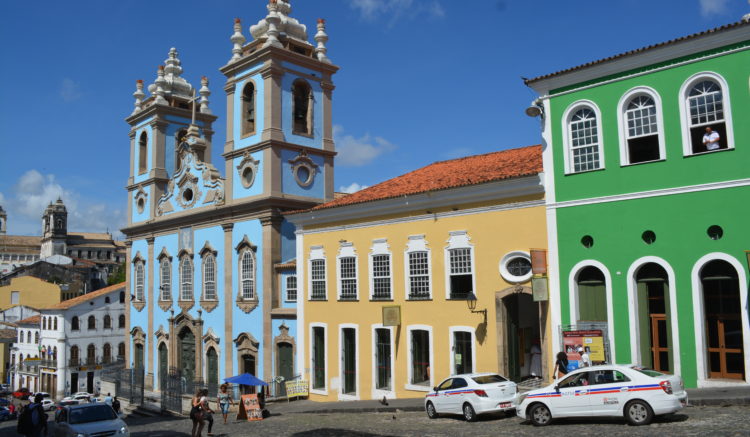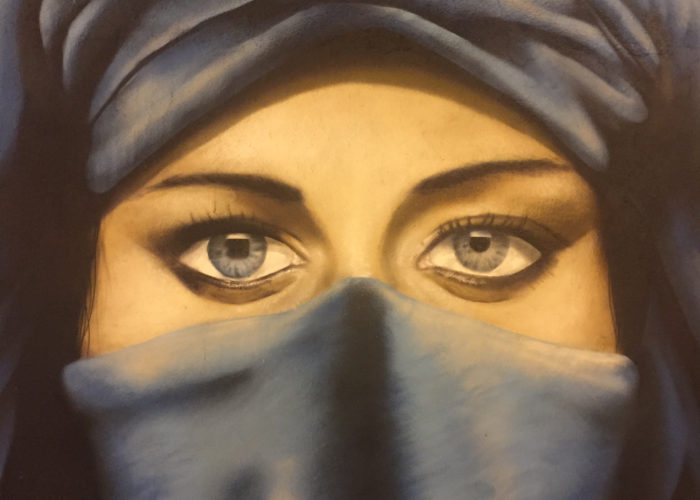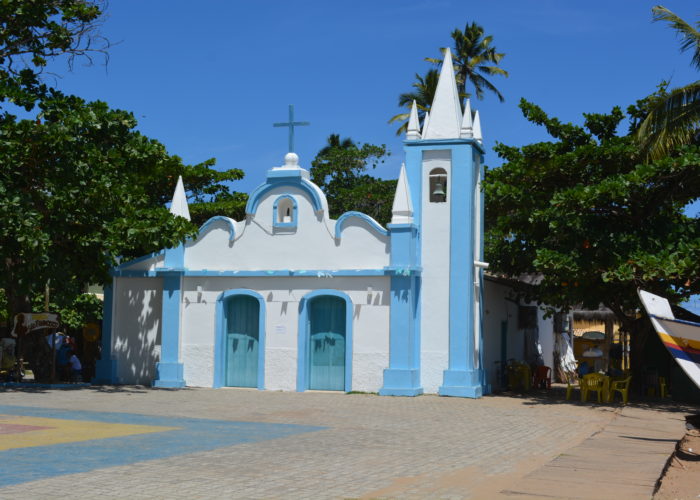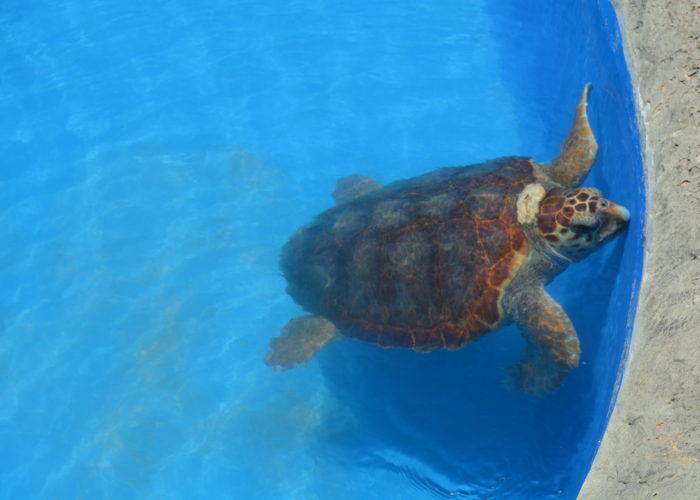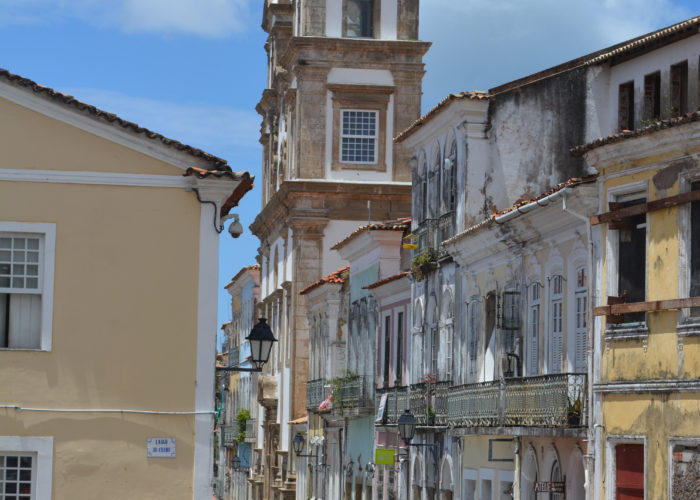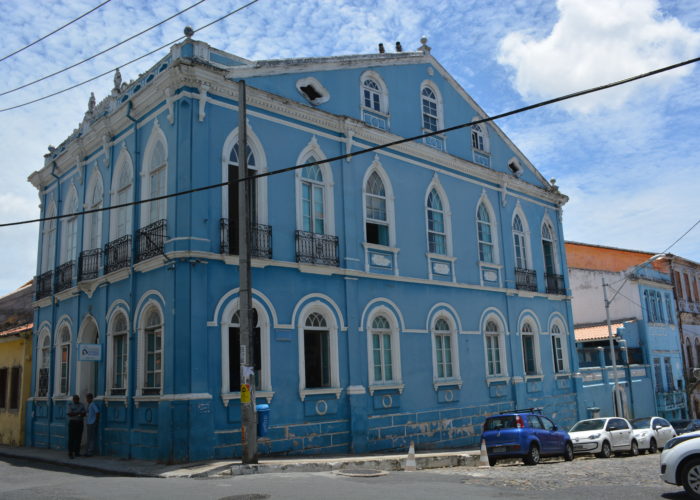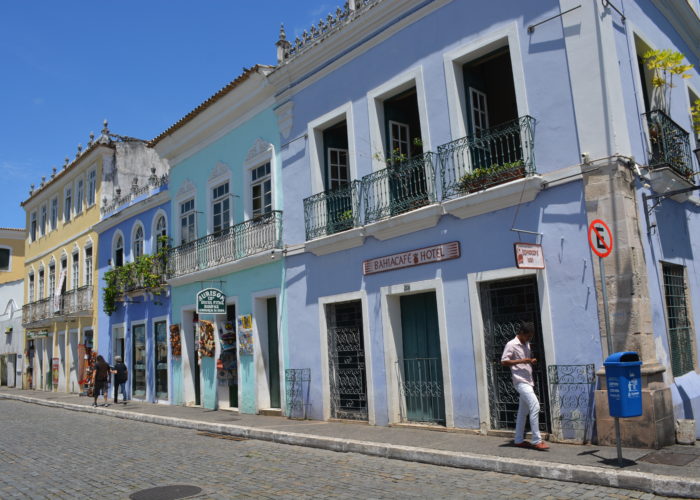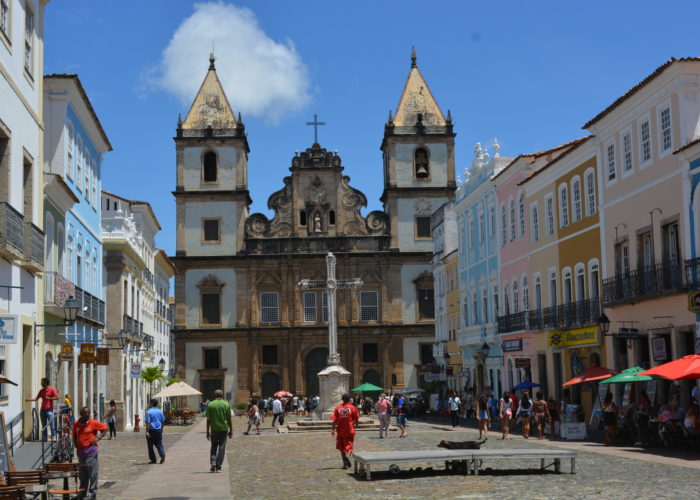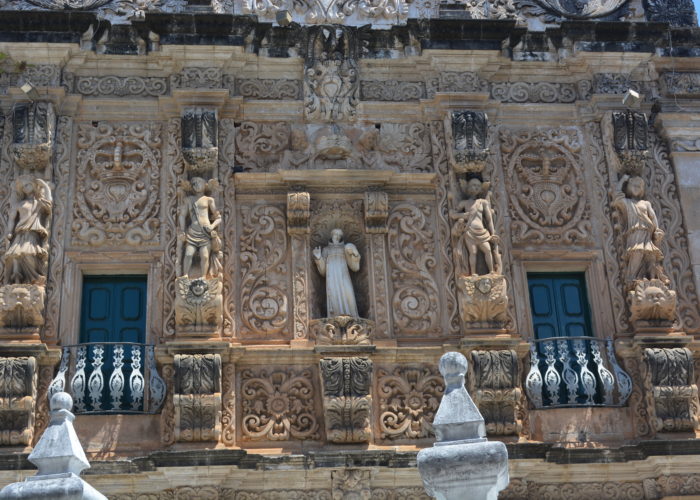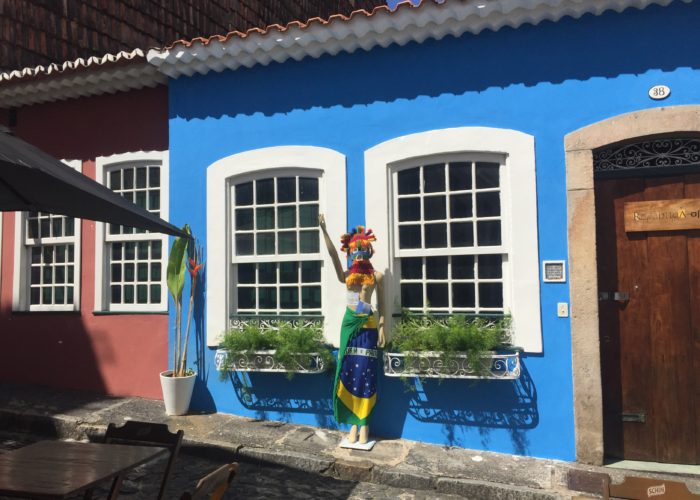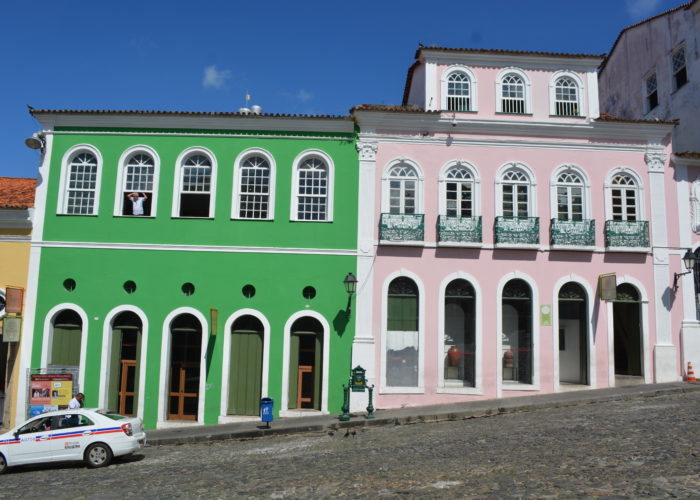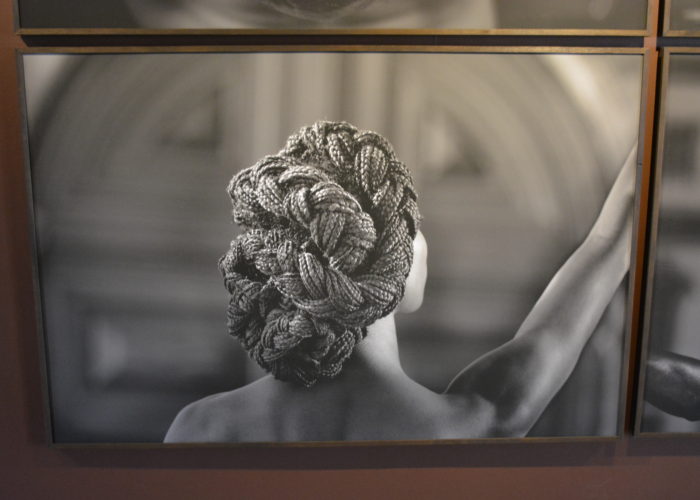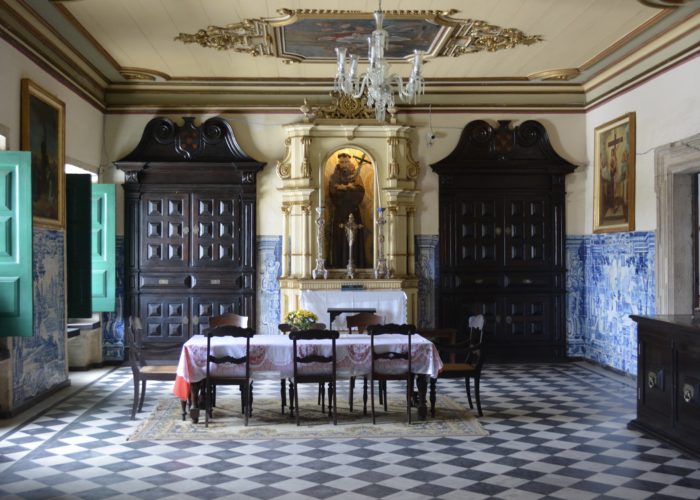From Olinda we followed the coast road down to Salvador, stopping off in the Sergipe’s state capital, Aracaju to break up the journey. Aracaju like many towns along the coast has a clean urban beach and many condominiums along the sea front. As we approached Salvador we also had a brief detour to Praia de Forte an upmarket resort town, famous for the Tamur Project, an organisation set up to preserve and support the many marine turtles that nest on the Brazilian beaches.

Salvador is a large city of man churches, at least one for every day of the year. It contains some of Brazil’s best colonial architecture, much of which is restored, and is a befitting tribute to the importance of Salvador in the history of both Brazil and Portugal. It was officially founded in 1549 and was for a long time the capital of Brazil, until being replaced by Rio in 1763. Salvador also played a much darker role in Brazil’s history in that it was the principal slave port, until the abolition of slavery in 1830. One of the legacies of its role in slavery is that it has one of the highest proportions of people from African decent, who particularly now are rediscovering their old African heritage which gives the city a vibrancy and culture unparalleled elsewhere in Brazil.
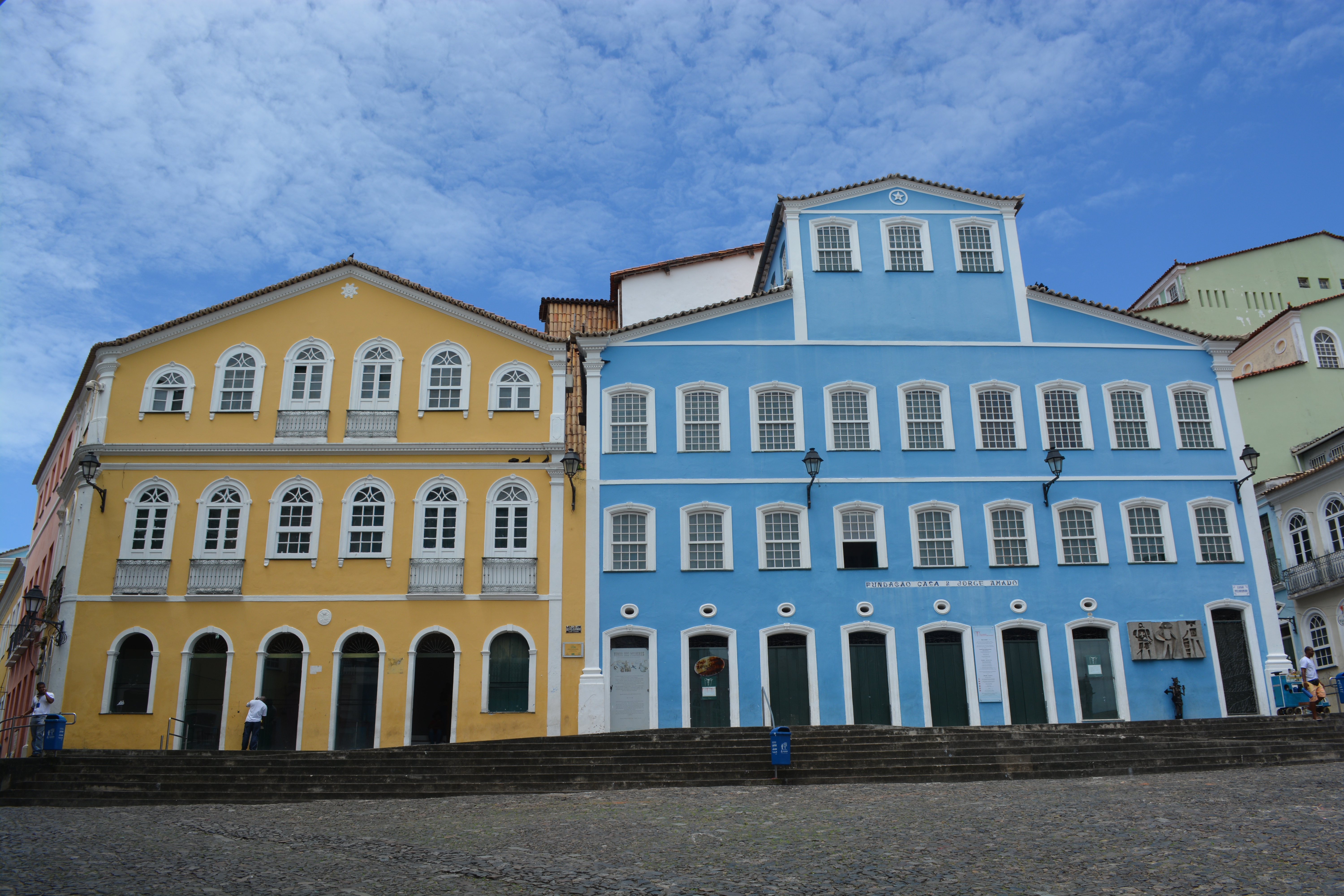
The old historical centre of the city is called the Pelourinho and its cobbled streets, churches and colonial buildings are built up on hills, a bit like Lisbon, that overlook the port and the lower city. Many of the colonial buildings are restored, while others have plants growing out of their walls. The buildings are all painted in a variety of pastel colours, each one different to its neighbour. The different colours used to act as a proxy for building numbers and were used to recognise each building for taxation purposes. A lot of the old buildings in the centre support the tourism industry, with many restaurants, shops and hotels.

The many churches in the centre are well restored and contain enormous amounts of wealth. Each main Christian sect is represented, and as with many of the other large cities in South America, the San Franciscan church displays the highest level of conspicuous wealth. The main church walls and carvings are covered in gold leaf, probably enough to rid Salvador of all vestiges of poverty. The cloisters hat surround the church contain one of the finest collections of Portuguese tiles, either depicting Scenes from Portugal or religious stories.
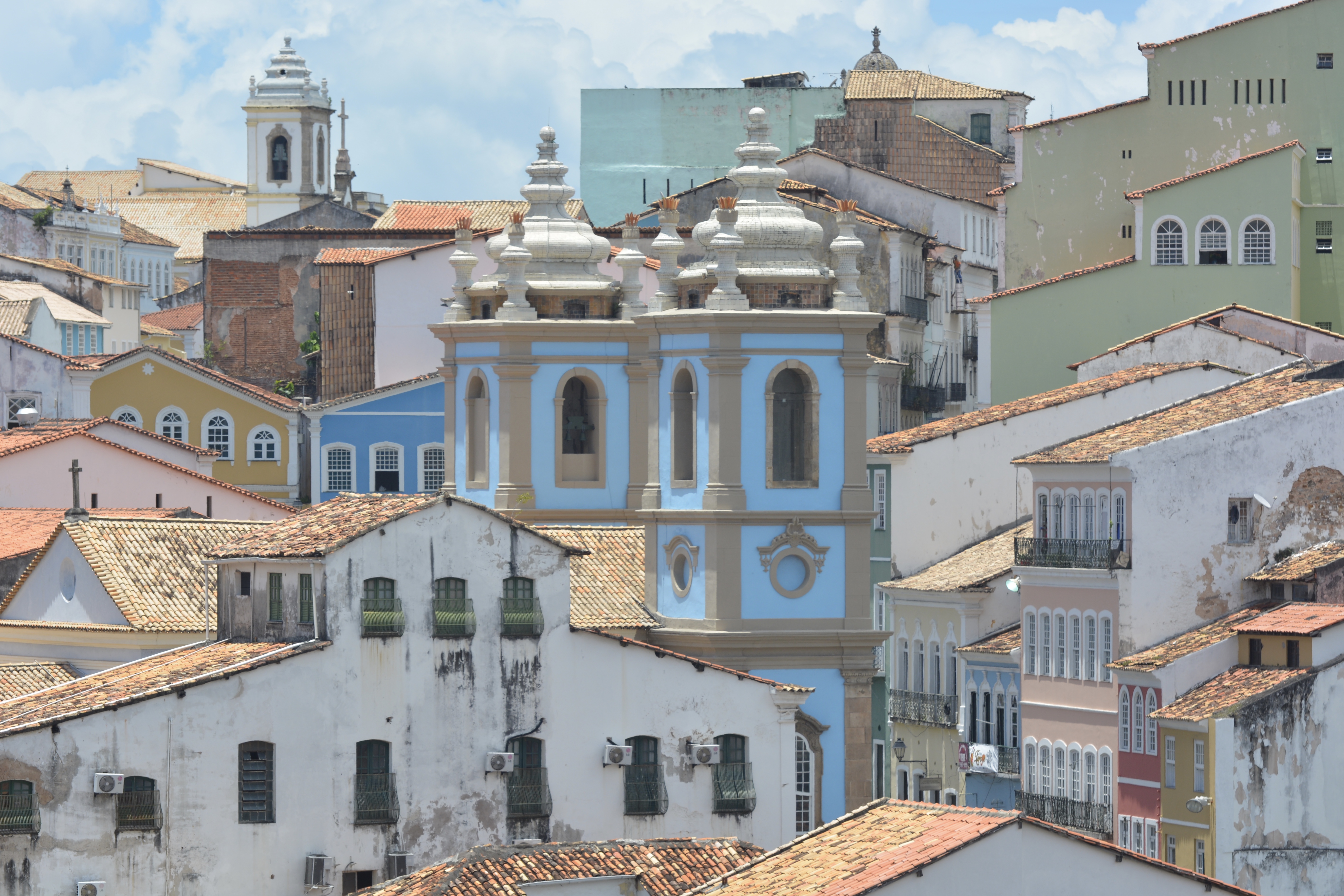
Probably the most interesting church is the light blue painted Igreja de Nossa Senhora do Rosário dos Pretos, which was built by slaves for slaves. It’s largely Afro-Brazilian congregation use it as a focal point for their many celebrations, dances and rituals. The square in front of the church often full of street musicians, dancers etc, all creating a lively, colourful and noisy spectacle. Carnival in Salvador is one of the best in Brazil, but all year round the schools practice in public, the most famous being Olodum Group with their bright colours and distinctive peace sign. Indeed the group were active in festivals that were going on during our visit in November.
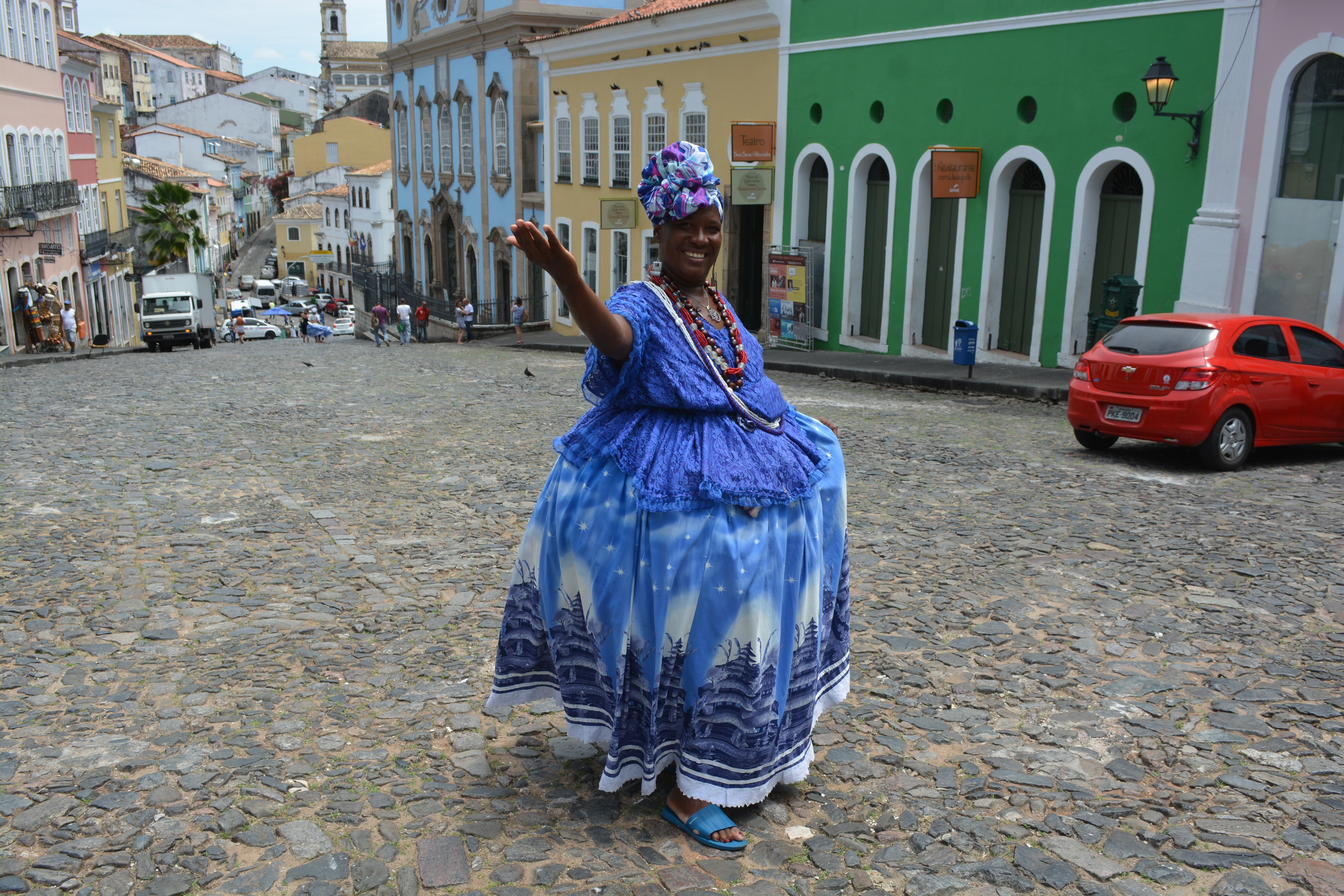
In the Pelourinho there are a number of Afro-Brazilian ladies that dress up every day in their voluminous skirts in blues and whites that charge for photographs and add a huge amount of colour to the city.
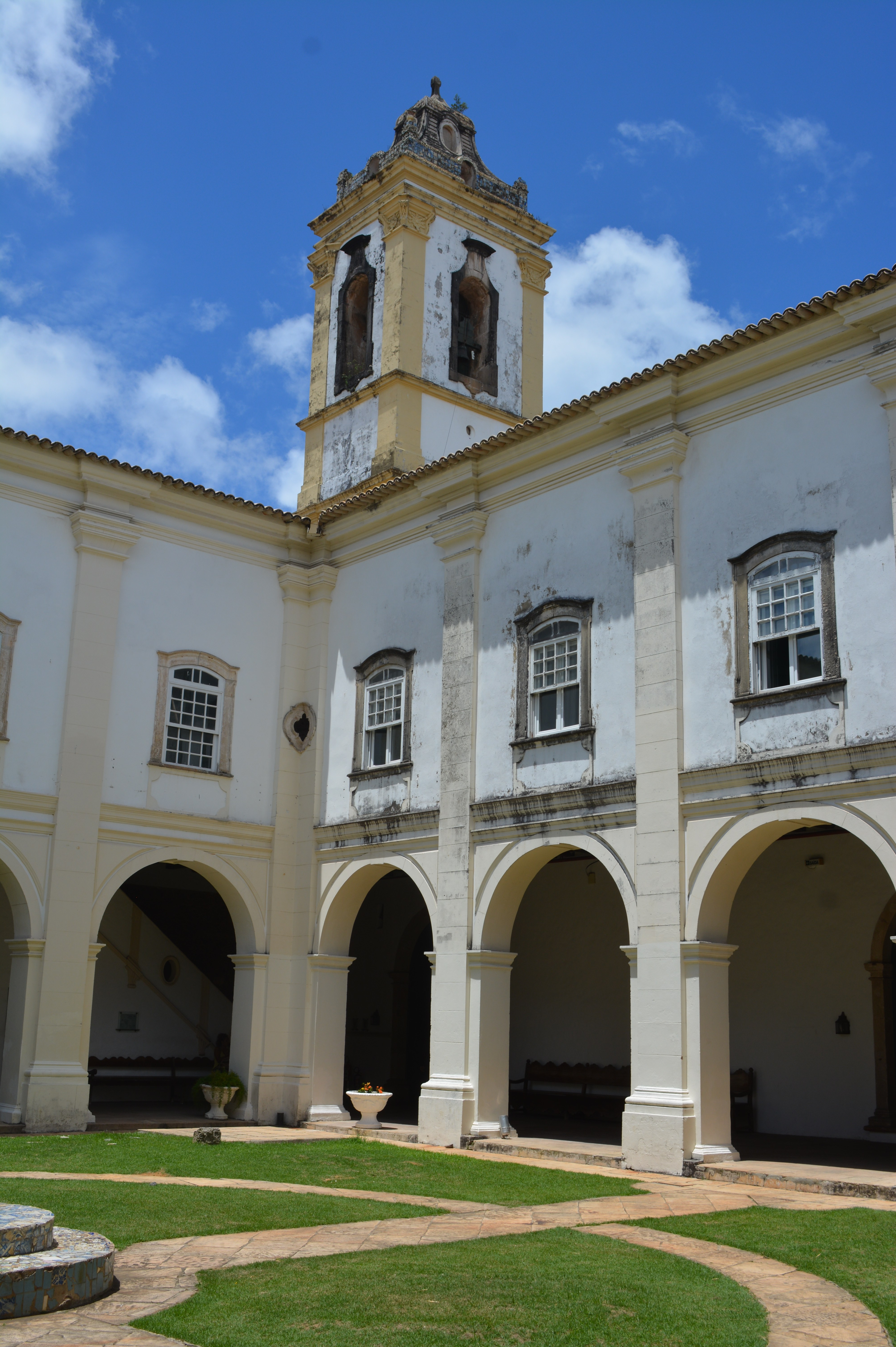
On the adjacent hill from the Pelourinho is the Ladeira do Carmo that contains the huge Convento do Ordem Primeira do Carmo. The monastery has been converted into a luxury hotel, but there are still a large number of Carmelites active in the remaining parts of the monastery. Both churches have also been well restored complete with ornate altarpieces, painted wooden ceilings and beautiful public rooms. Opposite the convent is another restored church, that also offers some excellent views into the bay of Salvador and the lower city.
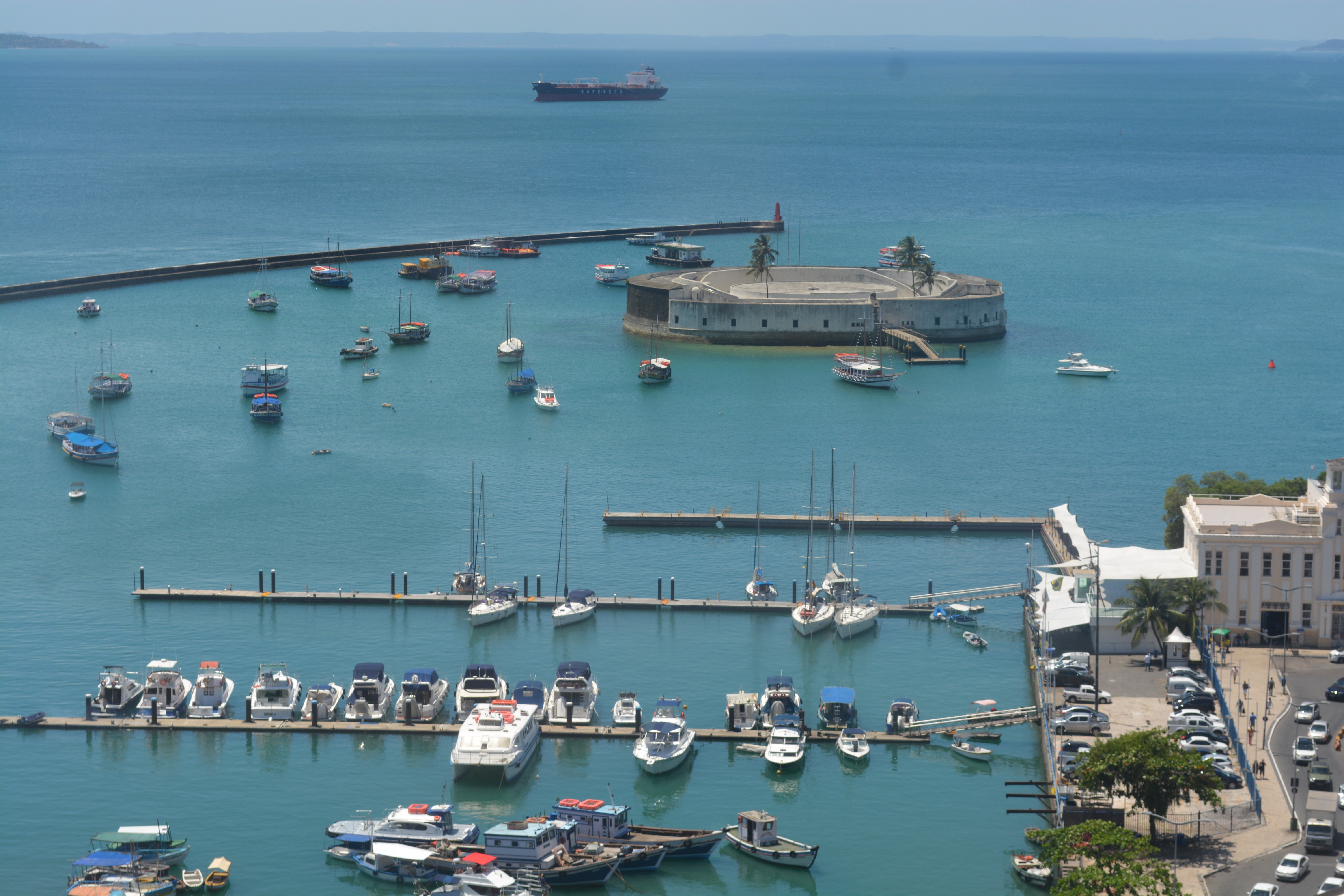
The lower city contains many commercial buildings that grew up in the heyday of Salvador, many in 1930s Art Deco style, when it was a major port and commercial city. Today many of the buildings exhibit evidence of gradual decay that has taken place over many years. Much of the current economic activity is today is centred in the outer suburbs that have grown up around the many modern roads and malls that surround Salvador. To get between the upper and lower cities there are a number of lifts and funiculars that for a nominal sum transport people between the two. Outside normal business hours the lower city is not deemed to be that safe. While there is always a danger today in any Brazilian City, the Pelourinho and the upper city felt much safer today than when we visited Salvador back in the 2014 World Cup. There was a very visible police presence all round the city and that together with the fact that there is genuine commercial activity around the old colonial buildings has helped that improvement in security.
Salvador and Bahia State in general has one of the best cuisines in Brazil. Much of the food is seafood based and is served in some very tasty sauces, none more so than moqueca which is a bright yellow sauce made with coconut, palm oil and lots of peppers and spices. The fruits and vegetables are of a high standard and there is a tremendous variety of ingredients that draw on both the Brazilian and West African heritages.
Date: 04/11/2018 to 08/11/2018
